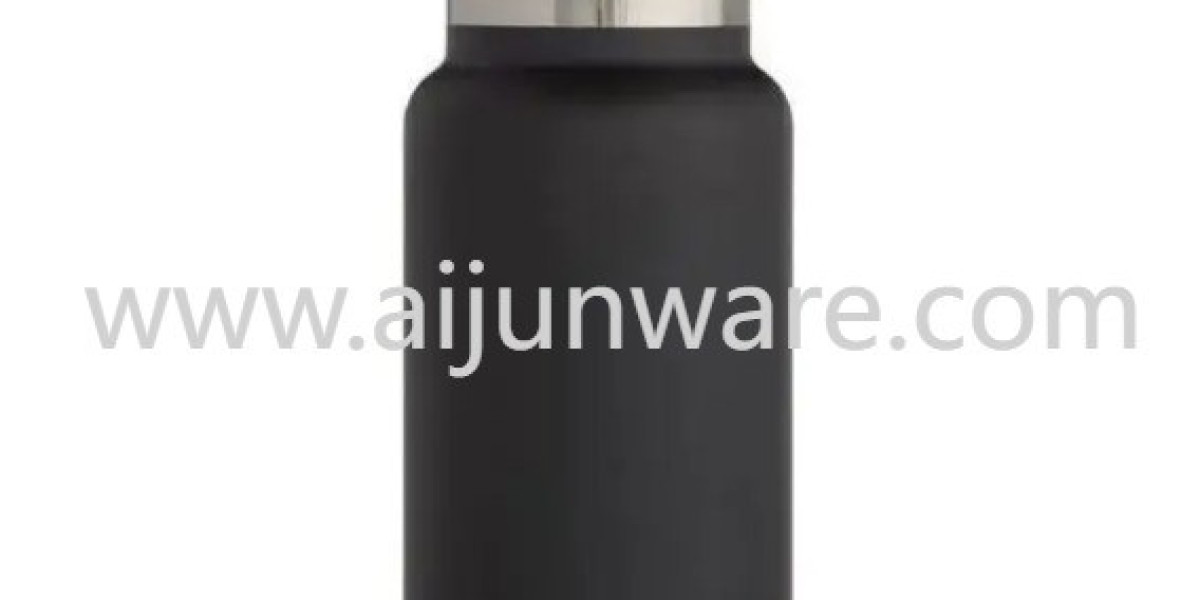Everyday rituals shape how we start the day, and a Stainless Steel Thermos Bottle Factory often gets asked how its choices affect what ends up in your cup. Metal interiors, finish choices and how parts are assembled influence flavor, cleaning routines and how a bottle performs during commutes and outdoor time. With more people carrying reusable bottles as part of sustainability conversations and heat related safety alerts in the news, the taste question is practical and timely.
Stainless steel interiors are popular because they are inert and resist odor retention. A clean smooth metal surface does not absorb oils the way porous materials can, so your morning coffee can taste like coffee instead of carrying lingering traces from a previous fill. That reliability shows up in user reports where people appreciate neutral flavor after long days of use and repeated cleaning cycles.
Finish quality and polish matter inside the bottle. A brushed or mirror like surface reduces places for residue to hide and makes rinsing easier. Seam quality near the base and lid interface also plays a role. Places where welds or joints are rough can trap tiny particles and contribute to subtle off notes over time. Manufacturers who emphasize careful interior finishing reduce the likelihood of surprises and make regular maintenance straightforward.
Lids and seals contribute more to perceived taste than many people expect. When small plastic parts contact hot liquids for long periods they can release faint aromas that change how a drink tastes. Choosing lids with limited plastic contact, or parts that are easy to remove and wash, lowers that risk. Replaceable seals are a practical detail because a fresh gasket compresses correctly and prevents small leaks that might hide residues in threads.
Cleaning habits shape long term flavor neutrality. Quick rinses after flavored drinks and a periodic deeper clean with a gentle agent keep the interior fresh. For stubborn odors a short soak with a mild alkaline cleaner or a baking soda solution neutralizes lingering notes without harsh scrubbing. Avoid abrasive tools that could roughen the interior surface because a scratched finish creates more hiding places for oil and odor.
Temperature and storage choices matter as well. Letting a bottle sit full of flavored liquid in a warm car promotes faster flavor transfer than keeping it empty between fills. When travel means irregular refills, pouring out remaining beverage and giving the bottle a rinse at the next stop keeps tastes steady. If you carry a bottle for daily hydration, rotating water and brewed drinks and cleaning lids frequently reduces cumulative effects.
Sustainability and user expectations feed back into manufacturing choices. When brands respond to public discussion about waste and safe materials they often emphasize stainless interiors and food safe components that are durable and serviceable. That focus supports a long lasting bottle that stays neutral tasting and reduces the need to replace vessels because of lingering flavors or worn parts.
When comparing options look for clear notes about interior finish, whether the lid disassembles, and whether seals are replaceable. Those practical features influence both taste and longevity and help match a bottle to how you use it every day. If you want to review materials and maintenance guidance that affect drink flavor, see product listings and care notes at www.aijunware.com .






